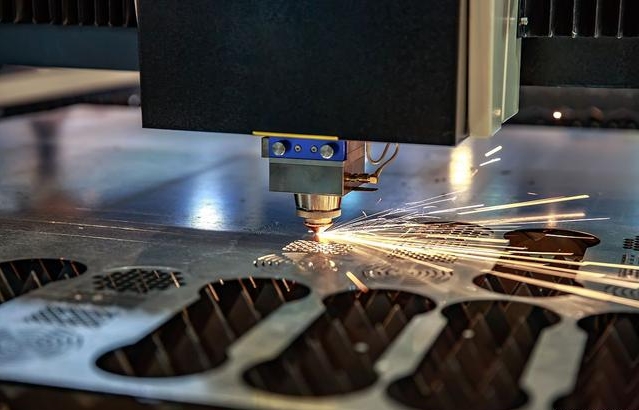Pushing Boundaries: Enhancing CNC Machining Precision with Advanced Technologies+ View more
Pushing Boundaries: Enhancing CNC Machining Precision with Advanced Technologies
+ View more
Date:2024-03-13 16:00
In the heart of manufacturing—the domain of CNC (Computer Numerical Control) machining—precision is a key indicator of specialization. With the integration of advanced technologies, businesses are elevating machining precision to new heights. This article explores how these technologies impact the precision of CNC machining and validates their effectiveness through a real-world example.
Application of Advanced Technologies in Enhancing Precision
High-Precision Machine Tools
Modern machine tools can achieve higher repeat positioning accuracy and machining precision. For instance, five-axis CNC machines with linear motor drive systems can reach a repeat positioning accuracy of ±0.001mm, whereas traditional servo motor systems might only achieve ±0.010mm. Linear motor technology reduces mechanical errors by eliminating the need for screws and other transmission components, thus delivering higher machining precision.
Intelligent Monitoring Systems
Intelligent monitoring systems utilize sensors and real-time data analysis to detect and adjust tool conditions during machining processes, thereby preventing machining errors. For example, force sensors during workpiece processing ensure that the cutting forces are evenly distributed, avoiding precision loss due to improper loads.
Adaptive Control Technology
Adaptive control technology dynamically adjusts machining parameters such as tool paths, speed, and feed rate according to the actual conditions of the workpiece. This technology minimizes machining errors when working with hard materials or complex shapes, enhancing the precision of the final product.
Real-World Example: General Aviation Company's Precision Part Machining
As an example, let’s look at the application by General Aviation Company in the manufacture of aviation engine components. When producing aircraft turbine blades, the company adopted CNC machines with high-speed spindles and tight runout control. These machines were equipped with automatic tool measurement systems and workpiece alignment features, allowing precise compensation for tool wear and workpiece clamping variations. The results showed that these technologies helped General Aviation Company maintain turbine blade dimensional tolerances within ±0.004mm, significantly improving the reliability and efficiency of aviation engines.
Conclusion
Advanced technologies have continuously pushed the limits of CNC machining precision beyond the constraints of traditional techniques. From high-precision machine tools to intelligent monitoring systems, and adaptive control technologies, each innovation reflects the pursuit of accuracy. As demonstrated by the case of General Aviation Company, these technologies not only enhance product performance but also strengthen the competitive position of businesses in the industry. As technology progresses and its applications deepen, the manufacturing sector will undoubtedly embrace new transformative opportunities.
Share to:
Recommend wonderful blog posts

